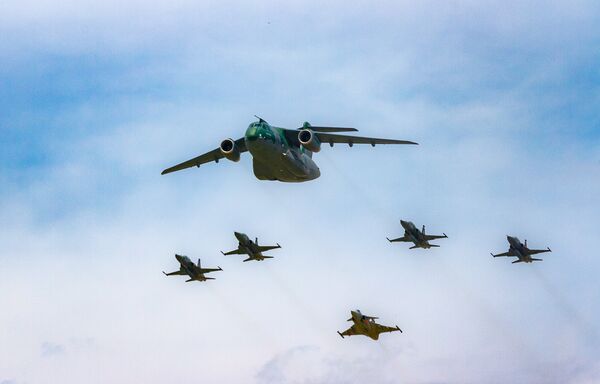warriorsayz
New Member
Sorry to revive an old post back again, thanks for your explanation, could you elaborate a bit more so that I can understand more about what you mean by design factors. I understand the point you make about take-off and landing distances you make and apparently the customer had required a short take-off ability which might affect the payload factor. I was trying to compare it from a more on a normal runway operations scenario.All sorts of aeronautical design factors come into play. As for load capability, the actual weight will depend on far that weight has to be transported. What are take-off and landing distances required? What is the surface of the runway? Bigger engines might allow a higher MTOW but they eat more fuel thus reducing range. Note that these transport planes site much better range performance for reduced loads.
On the engine aspect, wouldn't 4x relatively older engines have less fuel efficiency as compared to 2x relatively advanced a commercial engine used on the C-2.
I understand what you meant by explaining how range negates the advantage one might get by having a higher thrust engine, but I was trying to understand specifically from a payload perspective as to how in spite of higher thrust it had less payload capability.

